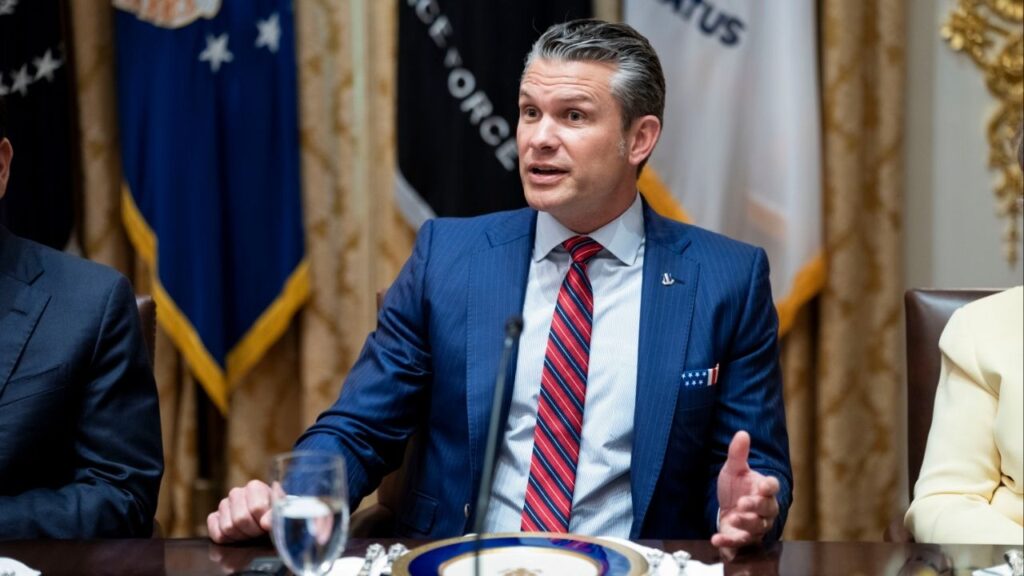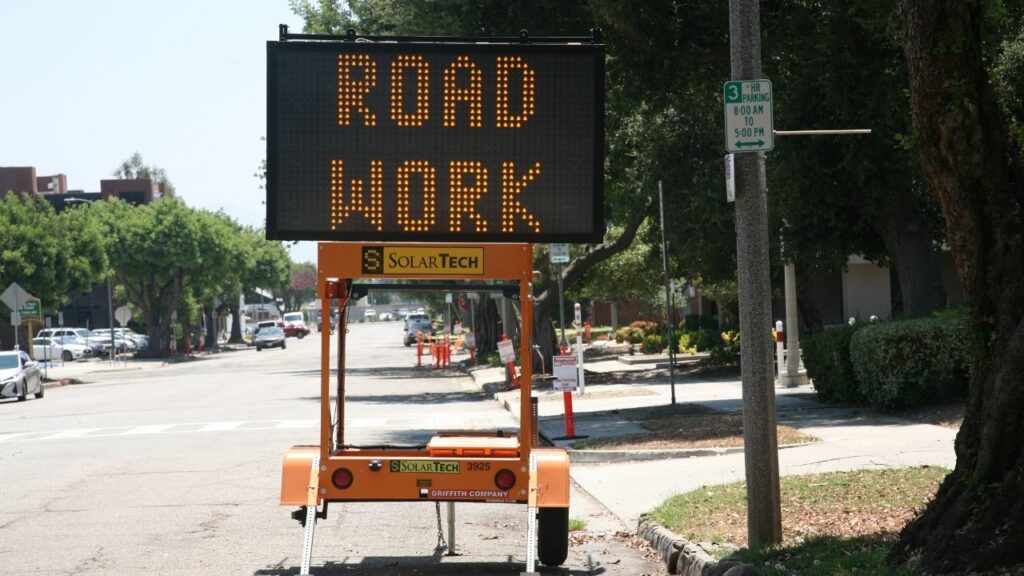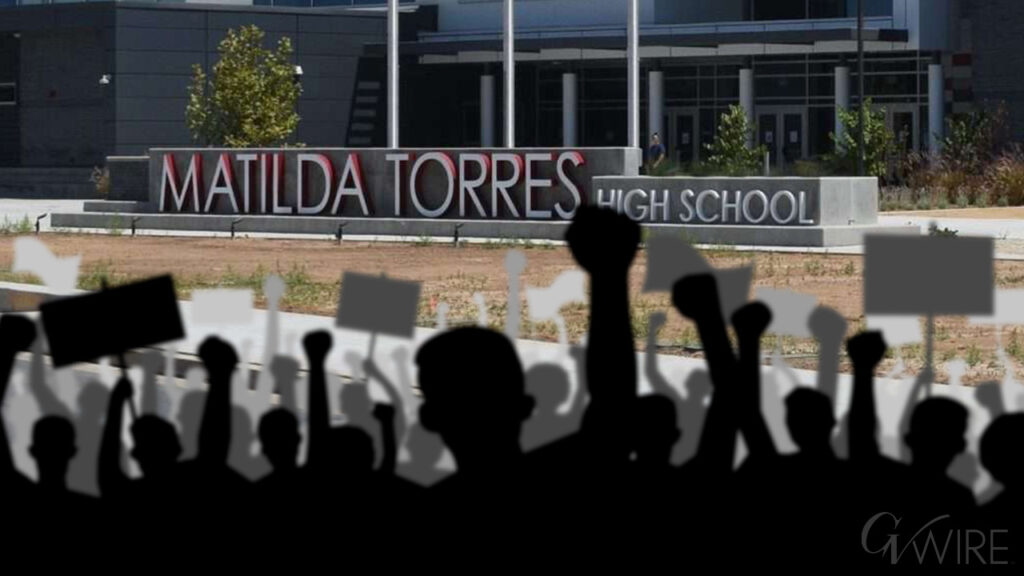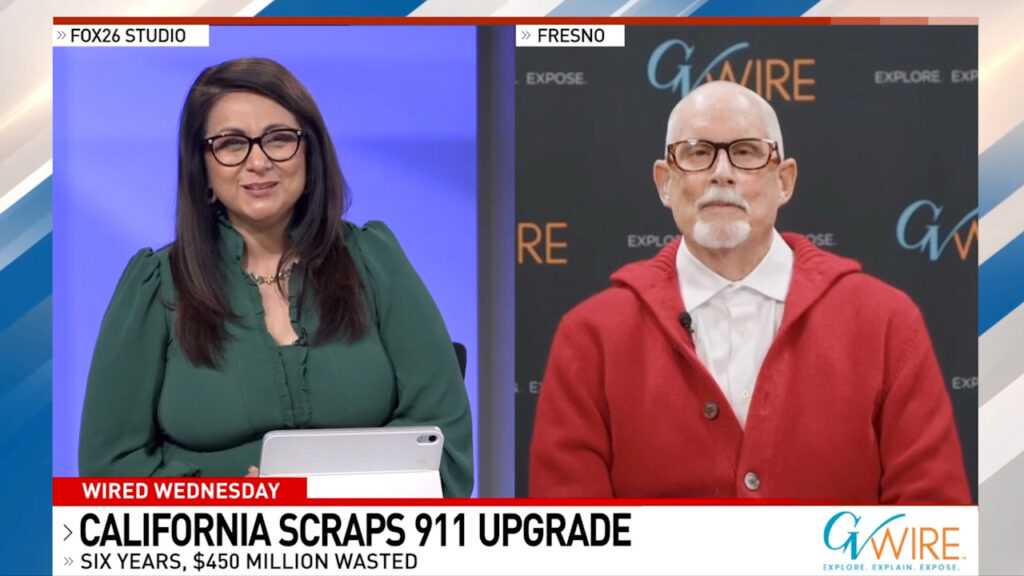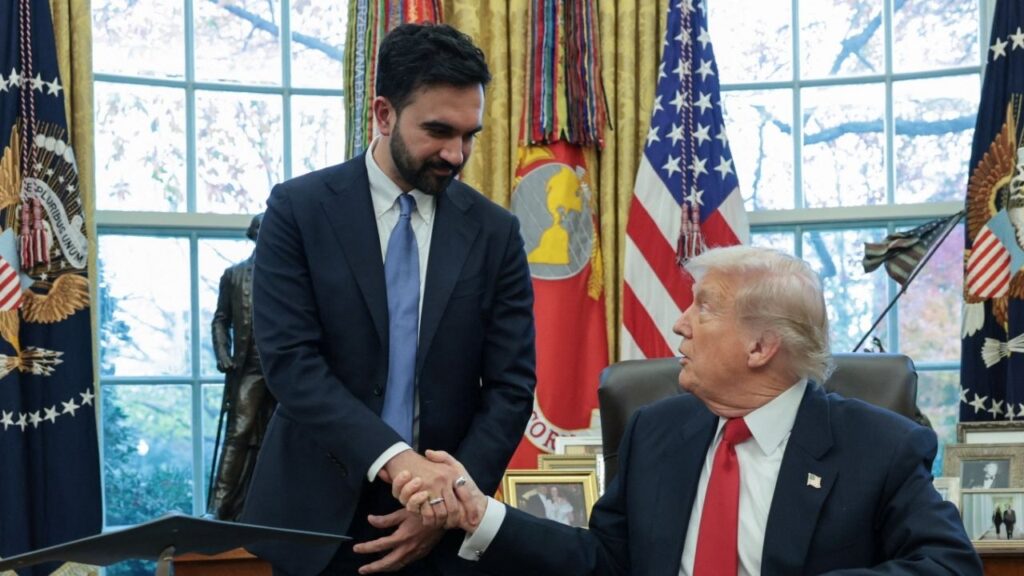Investigators at the scene of Brian Thompson’s killing outside of the New York Hilton Midtown in Manhattan, on Wednesday, Dec. 4, 2024. The murder of Thompson, the chief executive of UnitedHealthcare, did not appear to have been committed by a coldly calculating professional, according to people who study criminal behavior. (Karsten Moran/The New York Times)

- UnitedHealthcare CEO Brian Thompson was shot in a seemingly calculated attack; police have yet to determine a motive.
- Experts suggest the gunman wasn’t a professional but possibly someone with a personal grievance, given the evidence left behind.
- Bullet casings with words like "delay" and "deny" spark theories linking the attack to frustrations with health insurance practices.
Share
|
Getting your Trinity Audio player ready...
|
NEW YORK — For the general public, the shooting in Manhattan of the CEO of UnitedHealthcare on Wednesday seemed like something off Netflix: a coldblooded morning murder outside a hotel, a hooded man shooting a corporate bigwig from behind, the victim turning to face the attacker before crumpling to the ground, mortally wounded.
But beyond those images from a dark surveillance video, little is known about the shooting or the gunman. Police have not established a motive for the killing, and three days into their search they have not publicly named a suspect or made an arrest.
For those who professionally study criminal behavior, though, the shooting was packed with crucial information, with the killer’s every known move providing new opportunities to speculate about who he might be.
Police said the shooting was a targeted attack by someone with experience with firearms. But was that someone acting on a personal grudge — or a hired hand? And if the killer was a hit man, was he an amateur or a seasoned professional?
The consensus among experts following the killing of Brian Thompson, the veteran CEO of one of the nation’s largest health insurers, was that the shooter could indeed handle himself around a gun, but that everything else suggested he was unlikely to have been hired to commit the crime.
“Forgive me for saying too much on too little evidence, but it looks like the kind of guy that made up his mind that he was doing the right thing,” said David Shapiro, a professor at John Jay College of Criminal Justice in New York, and a former FBI special agent. “He didn’t look like a guy that was fearful.”
He added: “In terms of a professional hit man, that seems unlikely. It would be very hard to get somebody to do something like this. It’s very high risk.”
The gunman waited by a specific entrance to the New York Hilton Midtown and fired his weapon with confidence. He also appeared to have outfitted his gun with a firearm suppressor, generally known in generic terms as a silencer, which are rarely used in murders.
But suppressors have become more popular, and while the shooter may have had military or law enforcement training, experts pointed out, he could just as easily be an avid hunter or have practiced at a range.
The culprit did appear to have a getaway plan: jumping on a bicycle, perhaps electric, and riding it toward Central Park, the last place where he was spotted. But again, experts were skeptical. “That’s not much of a plan — on a bicycle,” said Dennis Kenney, also a professor at John Jay College. “Even an electric bicycle.”
And the shooter left a trail of clues.
Police Released Images of Suspect
On Thursday, police released images of a man they said was wanted in connection with the shooting, and revealed that bullet casings collected at the scene had been inscribed with messages, including the words “delay” and “deny.”
Before the shooting, according to police, the man stayed in a hostel some miles away, on the Upper West Side of Manhattan, where he shared a room with other guests and where his smiling face was captured by a surveillance camera. He went to a Starbucks near the Hilton before the shooting, where a camera again recorded his actions.
After the shooting, police found not only the shell casings but also a cellphone that they are examining.
None of this looks like the work of a professional, the experts said. (Assassinations occur but are usually ordered by governments or criminal groups like drug cartels, and rarely leave behind much evidence, they said.)
On Thursday, when authorities revealed that the bullet casings collected at the scene were scrawled with “delay,” “deny” and other words, they did not suggest the meaning of the messages. But some experts wondered if the shooting could have been motivated by frustration over common problems people have with health insurers — problems for which Thompson’s company, UnitedHealthcare, was often criticized.
At this point, all signs point toward a person who is not a professional, according to Gary Jenkins, a former police investigator from Kansas City, Missouri, who hosts the “Gangland Wire” podcast. Instead, it was likely “somebody that has an ax to grind,” he said.
In rare cases, Jenkins said, people who are upset tap their networks for a hired gun. An angry spouse, a jilted lover or a duplicitous business partner might ask a bartender, hairdresser or a friend if they know someone who knows someone.
But like the other experts interviewed in the wake of the shooting, Jenkins speculated that in this case, it was the shooter himself, or someone close to him, who was “disgruntled,” possibly over something related to insurance coverage.
Others brought up the possibility, however remote, that the messages on the shell casings — words that could be perceived as a reference to the tactics used by insurers to avoid paying claims — were written to throw investigators off track. “Is that a great red herring?” Shapiro asked.
Time will tell.
But like red herrings, the idea that someone can easily hire a hit man is “more the stuff of movies and fables,” said Michael C. Farkas, a defense attorney who has worked as a New York City homicide prosecutor. “I’m not saying it’s never happened or that there aren’t mercenaries that can be hired,” he said. “But this doesn’t seem to be such a situation.”
It is far more likely, he agreed with the others, that the shooter acted alone. “I think he planned this as meticulously as his abilities allow,” Farkas said. “And he’s probably intelligent enough to know the odds of evading capture indefinitely are not in his favor,” he said.
“He clearly wanted to send a message, and he is trying to get away.”
—
This article originally appeared in The New York Times.
By Annie Correal/Karsten Moran
c. 2024 The New York Times Company
RELATED TOPICS:
Categories

Fresno’s New Money Grab?
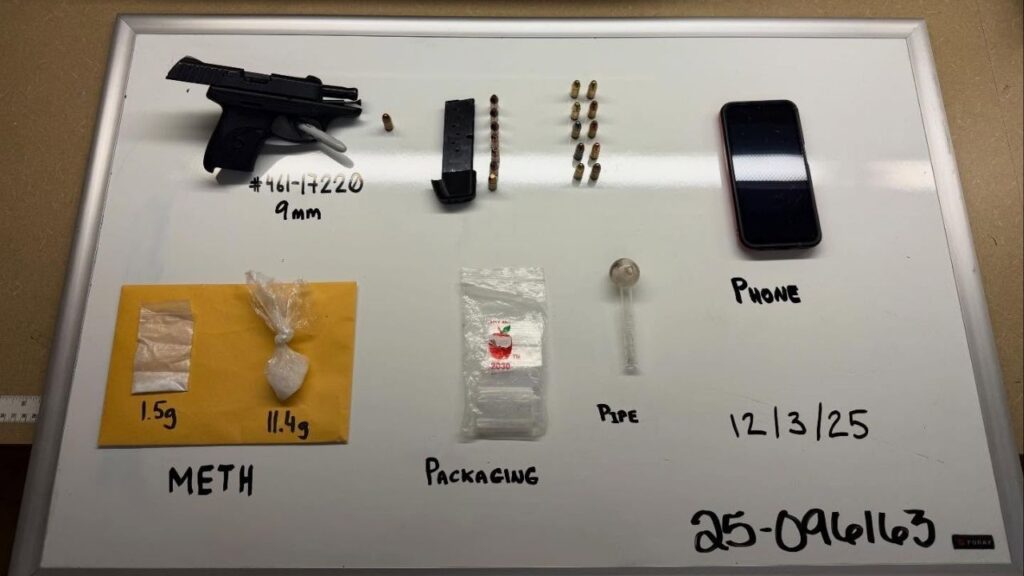
Visalia Police Arrest Two in Fentanyl Bust
